
10 main differences between rock wool and glass wool
4/3/20247 min read

Categories
Popular
Glass Wool Insulation





10 main differences between rock wool and glass wool
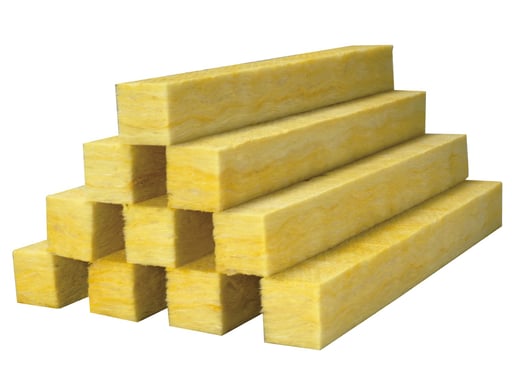

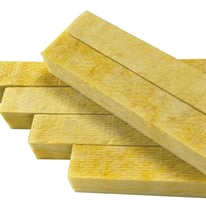
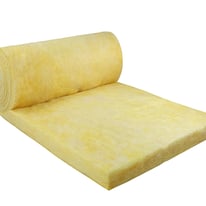
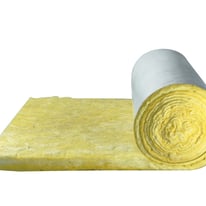
Introducing SHENZHOU CLASS 0 insulating foam for pipes
Rock wool and glass wool both belong to the category of mineral wool, and their appearance, structure, and performance characteristics are very similar, which also leads to many consumers not knowing how to choose these two products. In order to help everyone better understand these two products, today we will give you a specific introduction.
1、 Introduction to Rock Wool and Glass Wool
Rock wool is mainly composed of volcanic basalt, which is melted in a kiln at 1450 ℃, added with auxiliary materials, and made by the pendulum method. It can be made into plate, roll felt, tube, and strip shapes.
Glass wool is mainly made of quartz sand or recycled glass as the main raw material. After the molten glass is fibrosed, it is produced into a cotton like material using centrifugal technology, which can be made into plate, roll felt, or tube shapes.
2、 Performance comparison
1. R-value and fire resistance
The R value represents the heat resistance of the material. The higher the value, the better the fire resistance performance. Rock wool has a high R value and a fire prevention effect 1.5 times that of glass wool. Due to this characteristic, rock wool is often used as a fire prevention material.
Although glass wool has the same combustion performance as rock wool and belongs to Class A non combustible materials, its fire resistance is far inferior to that of rock wool.
2. Size
The glass wool material is soft and can be cut freely, and there are multiple sizes to choose from. The range of rock wool insulation materials is not so extensive. Although rock wool also provides rolls and tubes, it usually only provides the cotton wool method.
3. Environmental performance
Rock wool is composed of over 70% recycled materials, while glass wool is manufactured using only 20% to 30% recycled materials. However, rock wool is not biodegradable, and glass wool is largely biodegradable, making it more environmentally friendly than rock wool.
4. Cost
Rock wool uses basalt as the main material, while glass wool uses quartz sand or glass as the main material. Therefore, the production cost of rock wool is higher than that of glass wool, and the cost of rock wool is 25% to 50% higher than that of glass wool.
5. Density and sound insulation
The density of rock wool is generally 40-200 kg/m ³, The density of glass wool is generally between 10-100kg/m ³, Therefore, rock wool looks more dense. Regarding sound insulation, the rule is that the higher the density of the material, the better the sound insulation effect. Therefore, rock wool has a better sound insulation effect than glass wool.
6. Weight
Although cotton is lightweight and easy to carry, installation is not as simple as rock wool. Although rock wool is relatively heavy, the cotton wool is harder and less prone to bending, making it easier to install.
7. Water resistance
Both rock wool and glass wool have hydrophobic properties, but due to the high density of rock wool, its water absorption rate is relatively high. When rock wool is heavily soaked in water, it cannot dry thoroughly quickly, resulting in a decrease in its insulation performance. On the other hand, glass wool has a lower density and can dry thoroughly quickly, so its water resistance is better.
8. Loose filling
Although loose filled rock wool does exist, it is sometimes difficult to find. Glass wool loosely filled insulation materials are almost ubiquitous, providing a fast, simple, and economical insulation method. Loose fillers are particularly suitable for attic floors and wall cavities.
9. Installation process
You can install rock wool insulation material relatively easily because you can make it into dense and sturdy cotton wool, which can be installed in place without friction. You don't need to fix the material. If you use fiberglass felt, you must fix the insulation layer with staples.
When you have to cut glass wool, you can flatten it with a wooden board and then slice it with an art knife. For rock wool, you need a hand saw or serrated bread knife.
Whether you are installing rock wool or glass wool, it is recommended that you wear protective clothing, dust masks, and goggles when cutting and handling insulation materials.
10. Applicable scope
You can use rock wool or fiberglass insulation materials anywhere in your home, but rock wool is usually used for insulation of exterior walls, heated narrow spaces, and basements. Rock wool insulation material is also an ideal choice for insulation around pipes, windows, and electrical boxes. You can also fill most wall cavities with rock wool, which leaves almost no gaps. Glass wool is commonly used for insulation of interior walls, garages, and attics.
Due to the higher density of rock wool compared to glass wool and its ability to withstand higher temperatures, it is very suitable for use in high-temperature or fire-resistant areas. Glass wool has better insulation properties, so if your home is located in a cold area, it is very suitable as the main insulation material.
Both rock wool and glass wool are suitable for home insulation. You can use either of these two materials to achieve all the insulation effects in your home, but in most households, these two materials are mixed because each material has specific characteristics that make it more suitable for a specific application than the other.
Shenzhou Energy Saving Technology Group Co., Ltd. is an energy saving and environmental protection enterprise integrating research and development, manufacturing and service of thermal insulation and sound absorption and noise reduction materials. The Group has six subsidiaries and ten industrial parks, producing five main series of products of rubber foam, glass wool, ceramic wool, sound absorption and noise reduction materials, and rock wool. Its products are widely used in construction, central air conditioning, refrigerator refrigeration, petrochemical, Marine locomotive, aerospace, thermal power, sound-absorbing noise reduction, and other industries.
After more than 40 years of exploration and sharpening, Shenzhou Group has become a leading manufacturer in the heat insulation and energy saving industry . The group covers an area of 1.06 million square meters, including a construction area of 680,000 square meters. Euipped with internationally advanced production equipment and technology, Shenzhou’s annual production volume of rubber foam is 2.6 million m³, glass wool 230,000 tons, rock wool 120,000 tons, and ceramic wool 28,000 tons. While solving the employment issue of more than 2,000 people, Shenzhou also created considerable economic and social benefits.
SHENZHOU® Glass Wool Board is a robust board product crafted from centrifugal fibers and subjected to curing treatment, ensuring reliable strength. It retains excellent thermal insulation properties in both high and low-temperature environments. During production, the board's surface can be customized with moisture-proof or fire-proof veneers based on specific usage needs. Choose SHENZHOU® Glass Wool Board for versatile and effective insulation solutions.

FAQ
1. Are you a manufacturer or a trading company?
We are a manufacturer which has 40 years' history.
2.Is your company OEM or ODM?
We not only make products, we design them.
3.Where is your manufacturer? How to visit it?
Our company is located in Dacheng town, Langfang City, Hebei province, China.Operating glass wool, rubber foam, ceramic wool, rock wool, sound-absorbing panels and other products.You can take a plane to Beijing, then take the subway for 20 minutes to our company.
4.How we control and ensure product quality?
We have a professional technical team and R&D center and have obtained many international certifications.
5.Can I customize the product?
Certainly! We are more than willing to accommodate customer requests. If you have any further inquiries, please feel free to reach out to us.

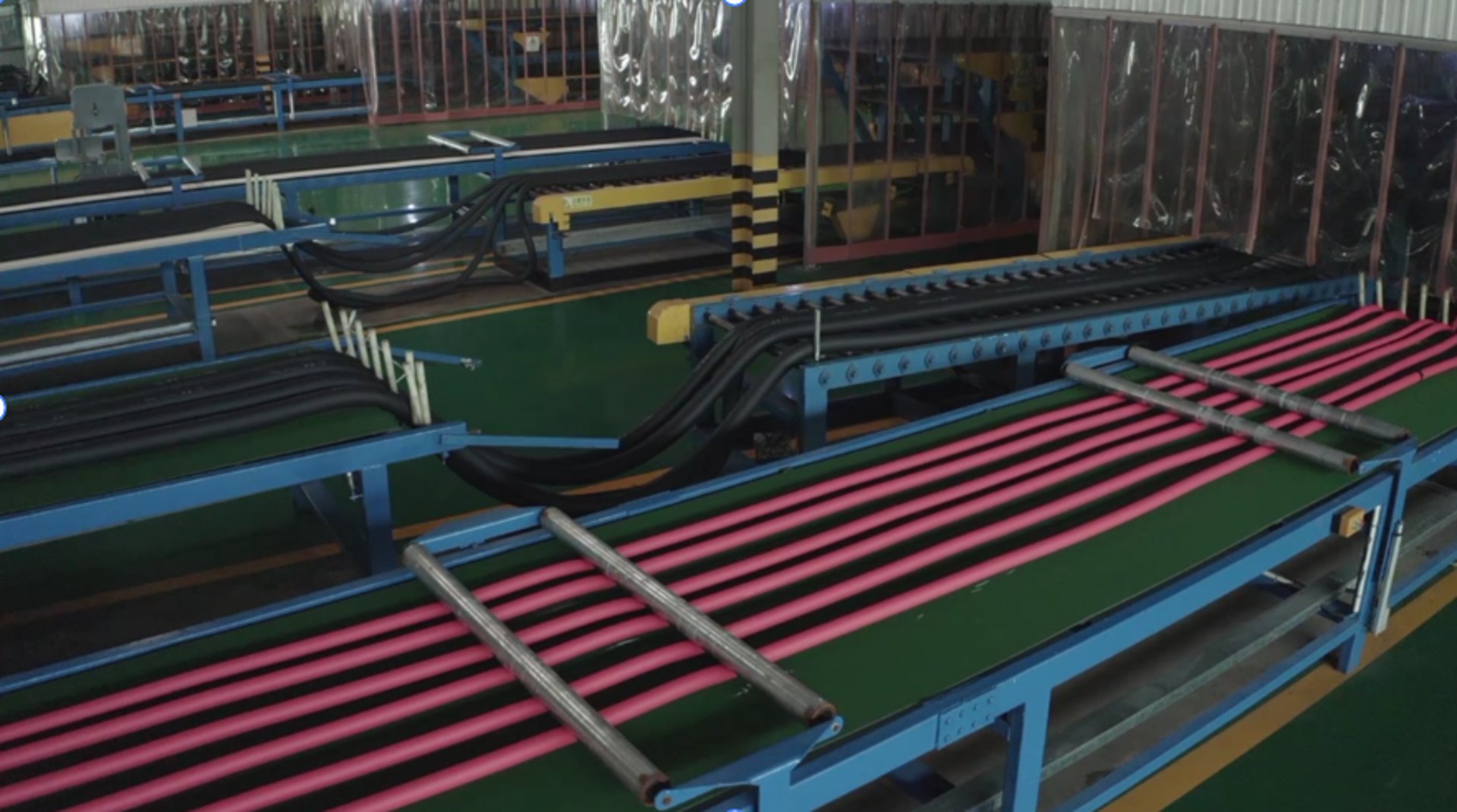
About Us
Click the button below to get more information about us
Newsletter
Click to subscribe for more information
Follow Us
Contact Us
Address
Dacheng town, Langfang City, Hebei province, China
Phone
+86 185 03165 626
